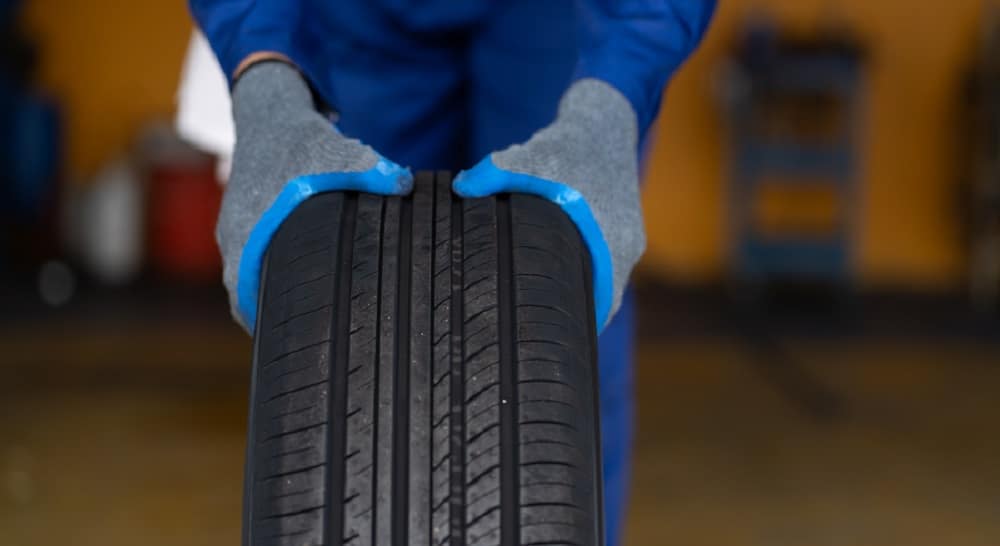Why are tyres black?

Rubber harvested from rubber trees is milky white, so why are tyres black?
In the early days of motoring, tyres were made of solid rubber and were an off-white colour. To brighten tyres, and provide extra durability and traction, zinc oxide was added which is also white.
It was then discovered that adding a black powder – produced by burning oil or gas at just the right temperature – made rubber much stronger.
The powder is called carbon black, and it’s been an ingredient in commercial tyre production since the B.F. Goodrich company started using it in 1910.
As well as giving tyres their distinctive black colour, it also provides UV resistance and dissipates heat caused by road friction.
Sometimes black rubber was only added to tyre tread, which resulted in the whitewall tyres seen on cars in the early 1900s.

Even when all-black tyres became more common, whitewalls retained their popularity as a fashion statement until the late 1950s.
Although tyres are now made from a mix of natural rubber and synthetic rubber polymers, carbon black is still used for durability, UV protection and heat dissipation.
Colour your world
As long as carbon black remains a major component in tyre manufacture, it’s unlikely we’ll see coloured tyres hit the road.
However, Australian company Highway Max makes a range of coloured tyres designed to smoke during organised burnout competitions and gender reveals.
Cough, cough, it’s a girl.

